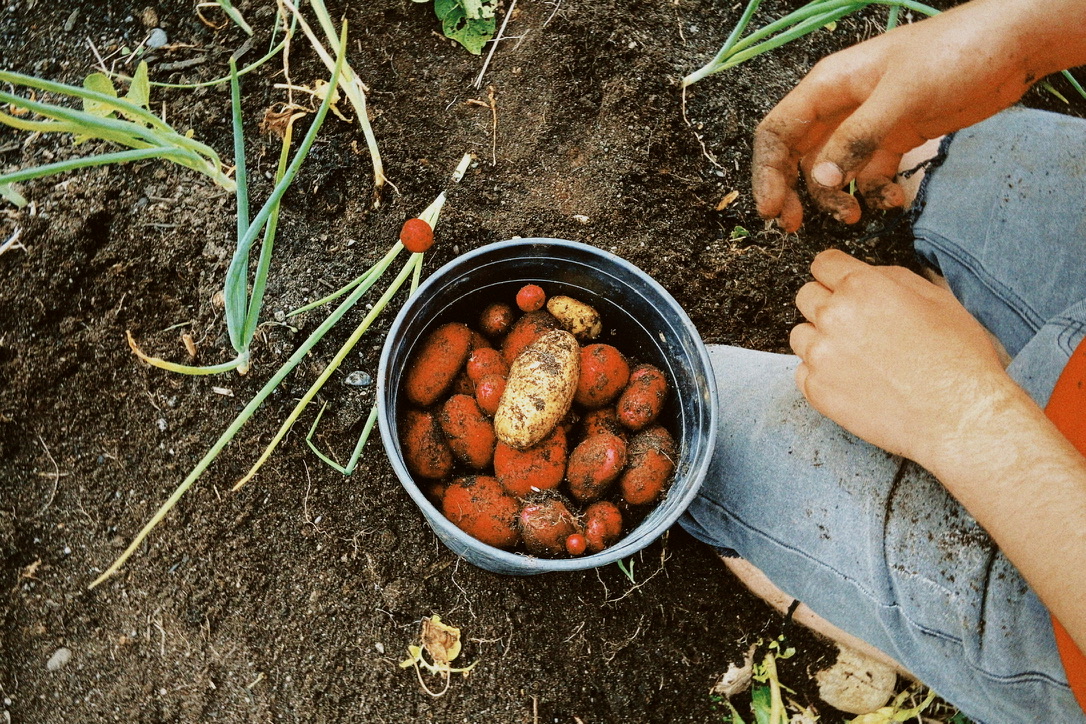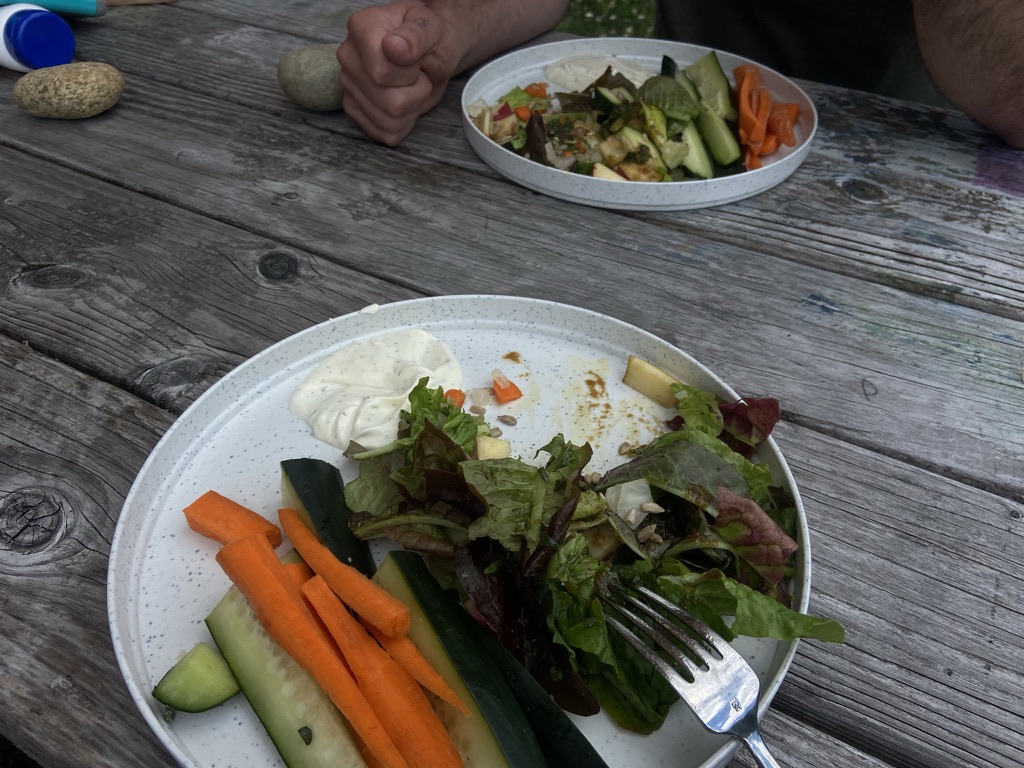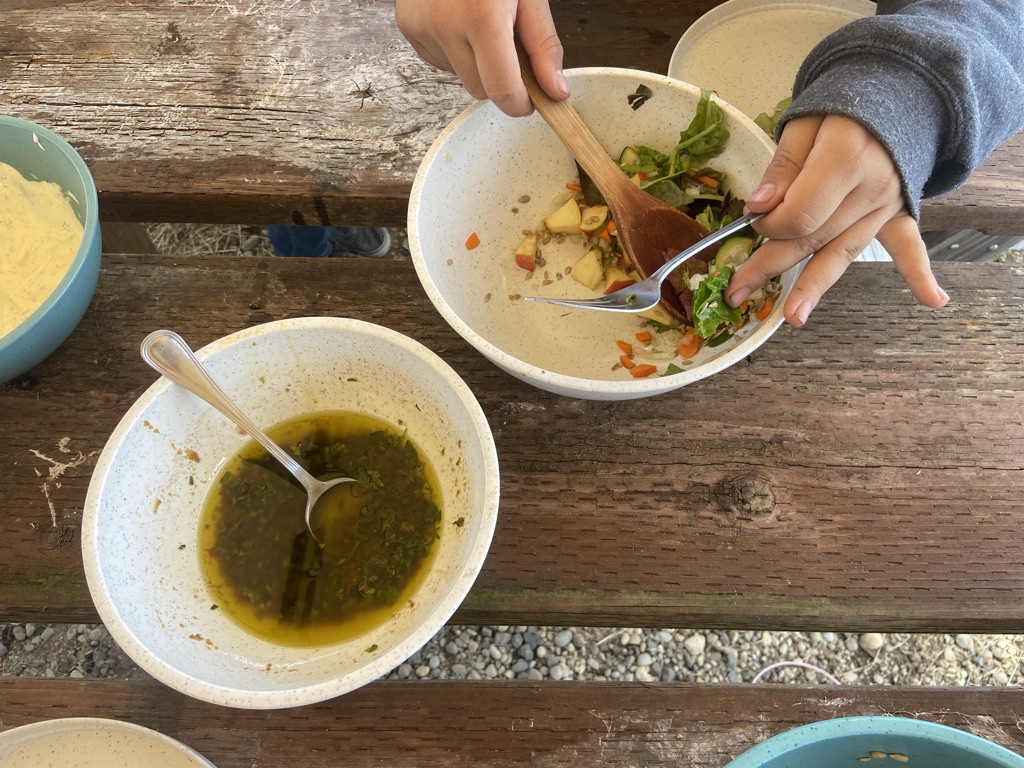
Curriculum
- Make celebratory breakfast for lunch! Pancakes, scrambled eggs with kale, hash browns, all seasoned with onions, garlic, and herbs from the garden – served with lavender & rose lemonade and *homemade butter*
- Hold “body talk” discussion post meal
- Mental health and our connection to eating – sometimes anxiety makes us hungry or not hungry
- What can we do to practice having a healthy relationship to eating? How can we encourage our friends to have healthy relationships?
- How do we check in with ourselves / recognize unhealthy mindsets or bad habits? How do we check-in with our friends?
- How do we advocate for what we need? How do we know what we need?
- How do we manage our relationship with social media and diet culture?
- Sometimes we use food as a weapon; either against our body or against our minds (good vs bad food, feeling embarrassed about what we’re eating, etc) – how do we recognize and break those habits? Where does that negativity come from?
- What do you consider to be “healthy” / what does “healthy look like”
- When do you feel safe in your body? What does that safety look like? Can you / how do you bring yourself back to that safety?
- Who do you look to as an example of health?
- What is your relationship to your body like?
- Can you hear when your body is telling you something?
- We live in a culture that promotes bandaids and temporary relief of symptoms, not addressing cause of problems.
- Do you feel pressure to look a certain way? If so, from who?
- What is your parents’ relationship to food like? Their relationship to their body?
- What do you find to be the most challenging aspect of increasing your physical activity level?
- What is the importance of having conversations like this one? Who can you talk to about these issues / concerns?
- What is a part of your body you’re proud of, unrelated to appearance?
- (ex. When I climb a mountain and get to the top I feel extreme pride of my body’s ability to use its muscles and strength to carry me up there)
- other examples can include problem solving or emotional strength, flexibility, moving quickly, etc.
- What is a part of your body you’re proud of, related to appearance but not conventionally?
- (ex. I have my grandmother’s fingers and feel I can hold some of the same skills she had when she used her hands)
- other examples can be a parent’s smile or the same laugh as a favorite relative
- (ex. I have my grandmother’s fingers and feel I can hold some of the same skills she had when she used her hands)
- What does food autonomy look like for you?
- Do you feel like you’ve had beneficial and useful nutrition education in school? What do you wish to know more about?



We truly had the best season! It was tons of fun, ate so much good food, and got so much work done in the gardens. By the end of our 8 weeks, kids were eager to bring home kale everyday, their confidence had boosted, and one student even decided she wanted to be a chef when she grows up and had been cooking for her family meals the past month.
































